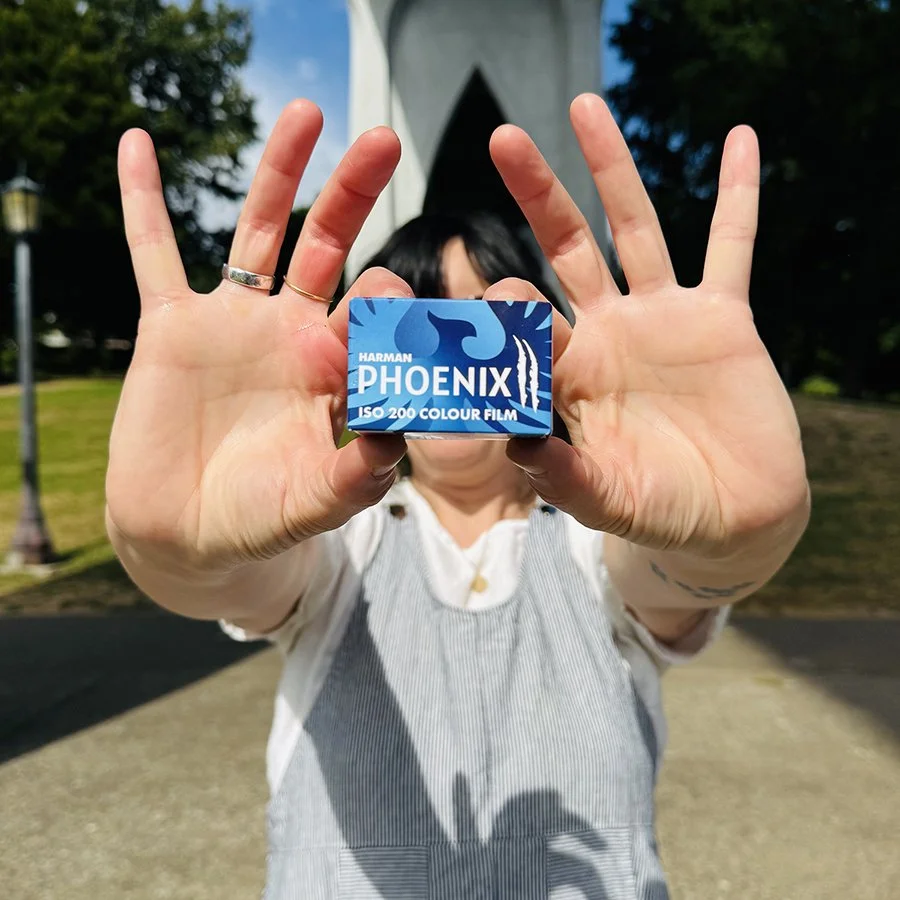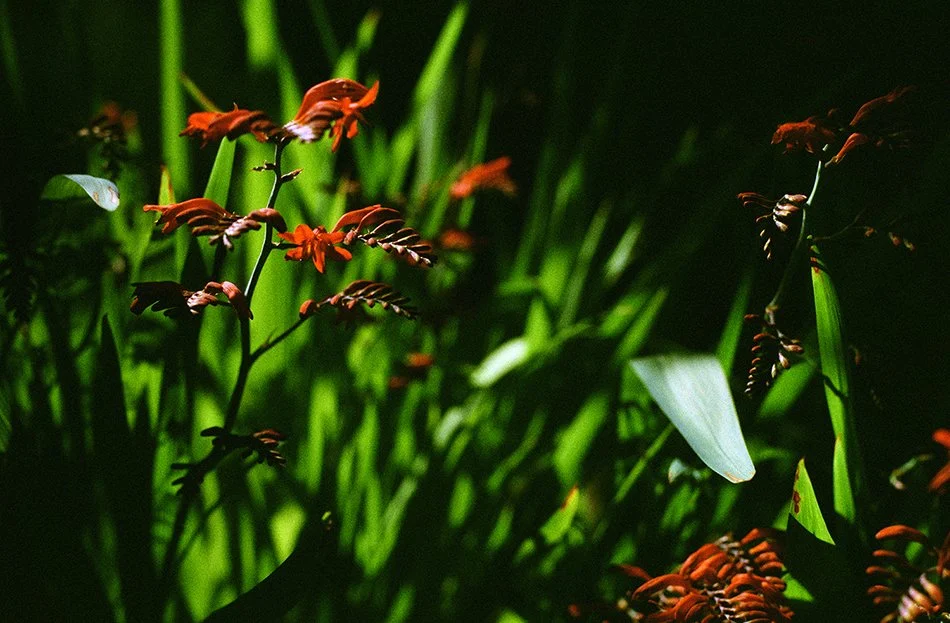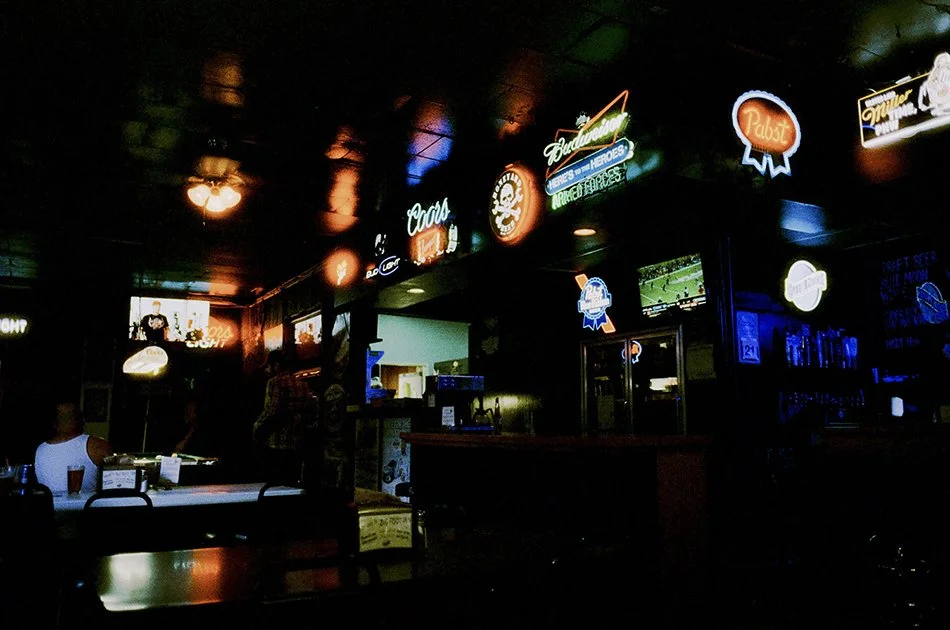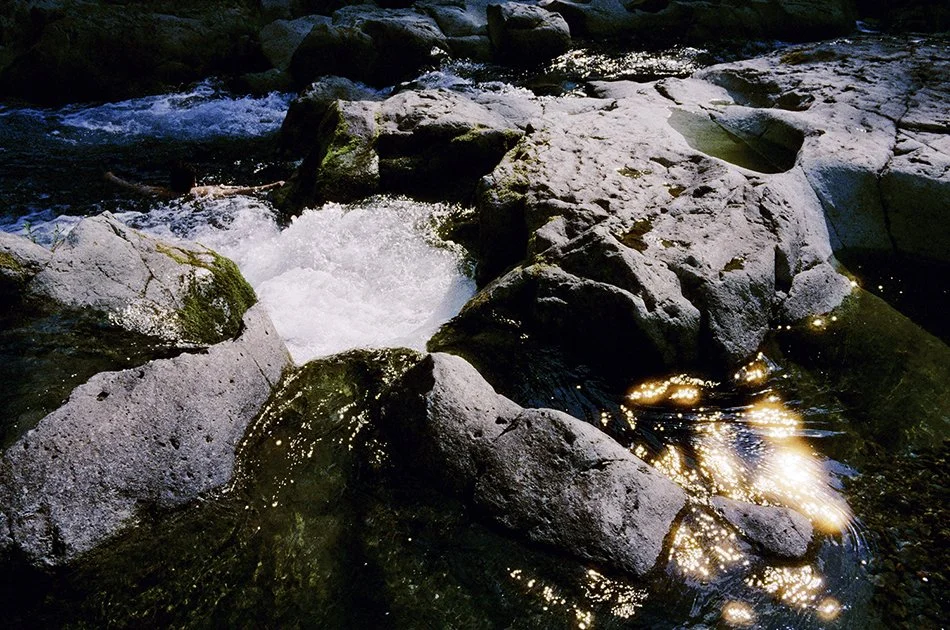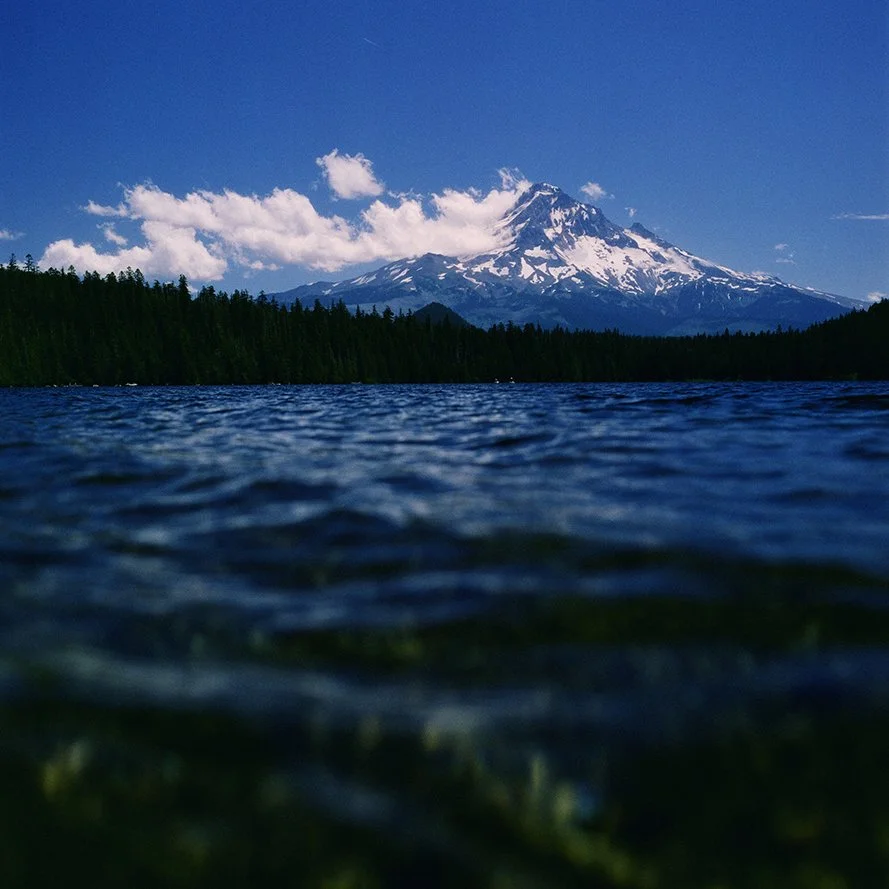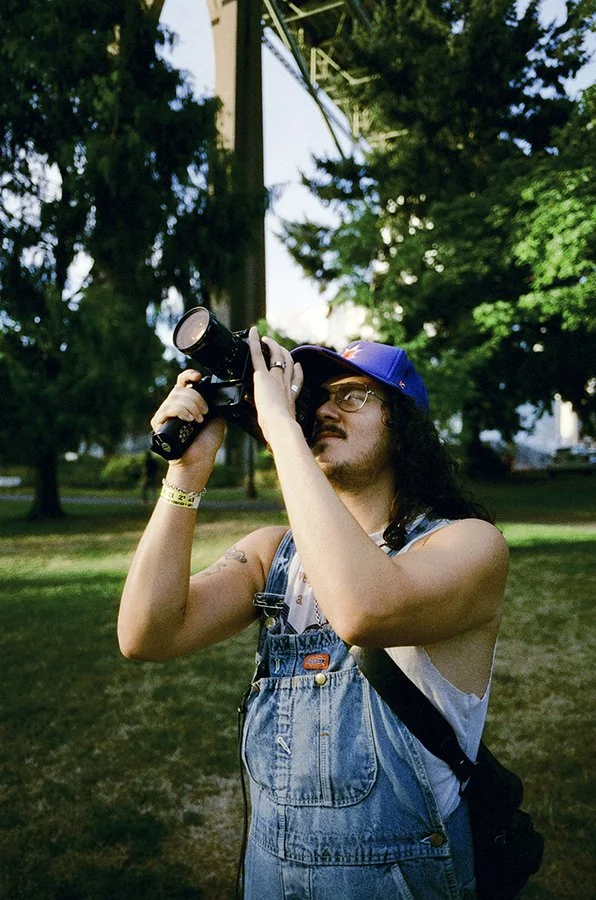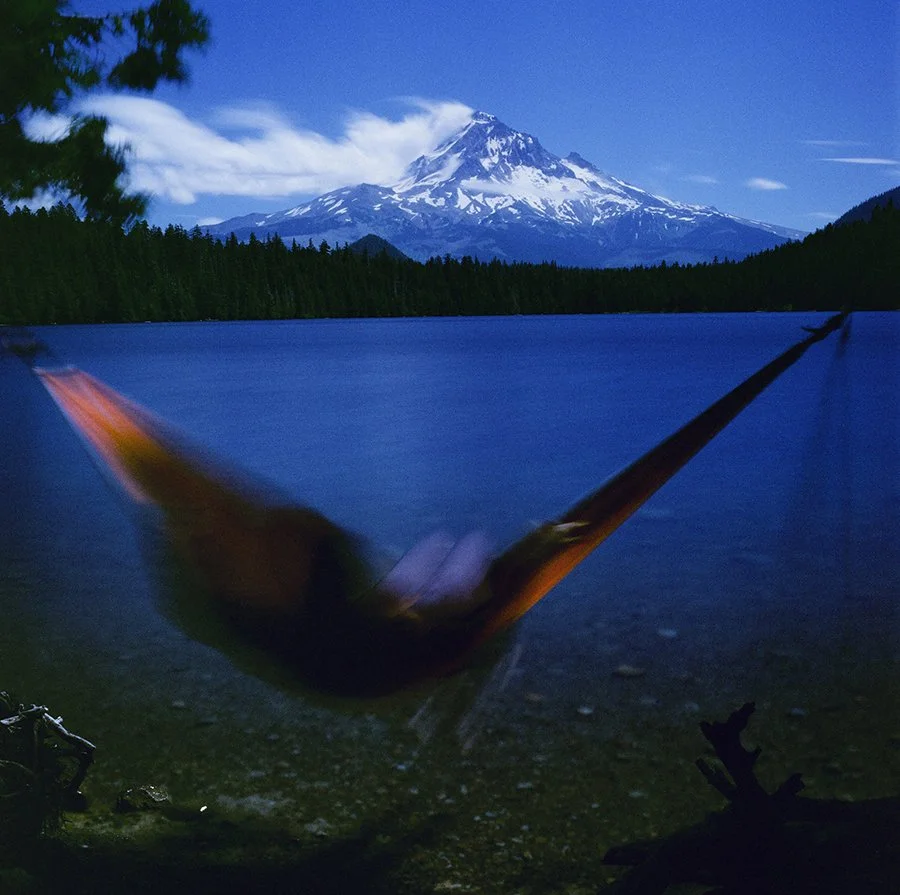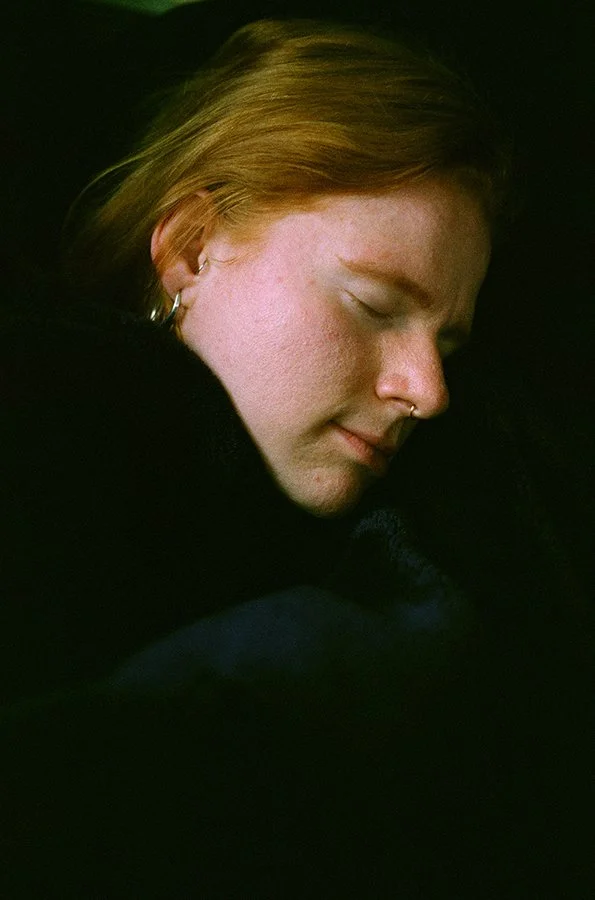Film Friday - August 15th, 2025. Harman Phoenix II Film Review
There are some sequels that really require you to know the previous installment in order to understand the current iteration - think about coming into the Harry Potter movies on the second or third movie. Then again, there are other sequels that work perfectly well never having seen the original movie, such as Terminator 2 or The Lord of the Rings trilogy. In the case of Phoenix II we will aim to give you enough background info that you can jump right into this film even if you know nothing of the original Phoenix film, however if you do want to start from the beginning we highly recommend reading our Film Friday for the original Harman Phoenix film.
Harman Phoenix II was announced in August 2025 as both a 35mm and 120 format film. While the second chapter in the Phoenix line of films, Harman has described it as a newly redesigned emulsion rather than tweaks of the previous Phoenix film. It is important to remember that despite being the second Phoenix film, Phoenix II is still a nascent film stock. It offers several improvements over the first Phoenix film but also still has a ways to go… depending on what Harman’s end goals are exactly. For our purposes we would set expectations of this film by describing it as experimental, a bit alternative, quirky and with a unique flavor. Shoot Phoenix II with those notions in mind and you are likely to enjoy the experience.
Harman Phoenix II has no problems making great images, but its characteristics are pretty strong. This is not like your typical roll of Portra or Ultramax. Image made with a Canon AE-1.
Harman Phoenix II has tons of grain, contrast and saturation. Its images are punchy and vibrant. Image made with a Canon AE-1.
In terms of its actual characteristics, and just like its predecessor, Phoenix II is noteworthy for its grain, contrast and saturation. This is a punchy, gritty film that has colors that really pop.
While the original Phoenix was an incredibly grainy film, Phoenix II has worked to tame that grain. But do not confuse finer grain for fine grain. Phoenix II does seem to be finer grain than the original Phoenix, though it is a bit hard to see it without having a great deal of familiarity with that original film. But the staff that have a history with Phoenix point out that their Phoenix II images do seem to be finer grained. However Phoenix II still has loads of grain, especially in 35mm but even 120 has pretty apparent grain. Grain doesn’t bother us, in fact most of the time we love film grain. Film grain is the building blocks that your image is made of - it is like seeing the brush strokes in a painting. There are times we prefer finer grain for the images we are making and then there are times we love the grittiness that comes with a grainy film like Kodak TMax P3200 or even Tri-X. Phoenix II is still very much in that high grain camp, so if you are the type of photographer who loves grit and texture in your images, then Phoenix II is your jam.
It is pretty easy to see Phoenix II’s film grain in this image, though truth be told, it is pretty easy to see its grain in just about all of its images. Image made with a. Canon AE-1.
Even in medium format the grain is pretty pronounced and noticeable. Image made with a Hasselblad 500CM.
Next up is Phoenix II’s contrast. This is a high contrast film, again just like its precursor. Once again, Harman has reworked the Phoenix II emulsion to show improvements in this category over the original Phoenix. There are definitely gains here as it is easier to maintain detail and color in the highlights without losing the midtones. The original Phoenix often benefited from scanning with decreased contrast and Phoenix II does as well, but the film is definitely easier to work with. However we noticed that this film still falls off in the shadows very, very fast. Phoenix II is still an ISO 200 film, but if you do rate it at this expect to have deep, black shadows with no detail whatsoever. We even shot the bulk of two rolls rating it at ISO 160 and still did not get much shadow detail. So be mindful how you meter your scenes with Phoenix II and treat it a bit like a slide film; it has moderately narrow latitude, especially in the shadows. Our advice is to meter for the shadows if you have important detail there, otherwise roll with the midtones and enjoy the super crunchy shadows this film will give you. Phoenix II does seem to share another trait with the original Phoenix in that it shifts yellow with overexposure. We have yet to really run some experiments on this but rating this film at ISO 100 (or lower) will likely result in increasingly yellow highlights.
We hope you don’t need no stinking shadow detail in your film photos because you ain’t getting it with Phoenix II.
While the shadows still fell off really fast in this image, Phoenix II did handle the relatively high range of contrast in this scene, especially from midtone to highlight.
The contrast of Phoenix II can give it a really wonderful, punchy look that can definitely provide emphasis to the right subject matter.
Going hand in hand with Phoenix II’s contrast is its saturation. In large part due to its higher contrast, this film has high levels of color saturation. In particular we have seen blues and greens really pop. Perhaps it is related to the narrower latitude and thinner shadows you get when rating this film at ISO 200, but blue skies are pretty eye-catching and almost look Velvia-esque with their heightened saturation. Harman made Phoenix II easier to scan - the original Phoenix scanned with a strong color cast that really masked the underlying color palette. With Phoenix II delivering better colors with less work straight out of the scanner it is much easier to appreciate this film’s saturated colors. It is worth noting that we still had to do some post-scanning color correction to get rid of color casts in order to really get this film’s colors to sing, but it was less of a headache to do so. Nonetheless this is definitely still a film where your mileage may vary depending on who scans it, how they scan it, and what levels of post-production you know how to do or are willing to do.
Buckle up and get ready for some crazy blue skies with this film. Note the higher contrast really driving the saturation in this image.
Another image showing the crazy blue saturation of this film. Image made with a Hasselblad 500C/M.
Greens also seem to do pretty well with this film. Look at the pop of the blue hat though! Also note how skin tones really are not that bad. Let’s see another Phoenix II image with people in it…
We weren’t sure how the high contrast and saturation of this film would handle skin tones but we are pleasantly surprised to see that they don’t fare that poorly at all with Phoenix II.
After grain, contrast and saturation you might wonder if there is anything else worth knowing about Phoenix II. It does have another trick or two up its sleeve. The first of those is its light halation. Similar to Cinestill films, Phoenix II shows a tendency toward halation, or a glow, around its highlights. It is not as strong an effect as you see with Cinestill and where Cinestill is a more reddish glow Phoenix II has a yellower halation effect (perhaps due to the differences in film base colors between these films?). This can add a subtle, but fun effect when shooting Phoenix II in strong light, especially with backlit subjects or strong reflections. Let’s take a look.
The setting sun reflecting off the skyscraper in downtown Seattle has a fun glow around it that reminds one just a tiny bit of the Eye of Sauron from Lord of the Rings. Thankfully Seattle is a much better place to visit than Mordor. Image made with a Hasselblad 500C/M.
Another swimming hole photo showing distinct yellow halation in the sun reflecting off the water.
The halation effect is a bit more subtle here but adds a nice touch to the chrome highlights of this car.
And one last bit to add, not because it is all that noteworthy for this film, but just because we tried it; Phoenix II does a decent job with long exposures. We did a few fairly long ones using ND filters, including one 15 minute exposure, and added our typical 1 stop of extra exposure for exposure lengths ranging from 30 seconds to a couple minutes (we did +2 for the 15 minute exposure) and Phoenix II held up pretty well. We don’t have any particular reason to recommend this film for long exposure work but if you find yourself wanting to do some while Phoenix II is in your camera then it should handle it about as well as any other color film does.
The exposure length on this image was somewhere in the 1-2 minute range with a +1 stop of additional exposure calculated in. This image had the same level of exposure from highlights to shadows as a non-long exposure image we made right before this one. We don’t have an exact reciprocity failure chart for this film but +1 for 30s to 2m seems just about right. Image made with a Hasselblad 500C/M.
So there you have it. Harman has done it again and given us a fun, new color film to play with. They have stated that Phoenix II is replacing the original Phoenix, so that film won’t be around much longer. But that seems ok, and makes sense, since this film largely has the same look but improves on the original film in pretty much every aspect. Harman has also said that they are continuing to develop this film and Phoenix II is just another stop on that journey, not the destination itself. That means Phoenix II probably will have a lifespan of a year or two and then we will likely see its next evolution. Til then though Harman has continued to live up to their promise to make new color film and to develop and improve upon it as they go!
Do we recommend shooting Phoenix II? Of course we do! There really isn’t any film we don’t recommend working with - it is always just a matter or understanding a film’s strengths and weaknesses and applying them well and creatively in your art. Phoenix II has a lot of fun potential to it and is quite capable of making some striking images, especially with its deep shadows, high grain and intense blues. Why not grab a roll and see what you can do with it?
We have almost every film stock available on the market. Check it out!
If you need an excellent lab for meticulous film developing, topnotch optical prints, traditional darkroom printing and superb film scanning, we’re your lab!
Also, sign up for our weekly newsletter The Loupe and keep your eyes peeled on our social media feeds every Friday when we feature a different film and also offer it at a one day discount of 15% off!

